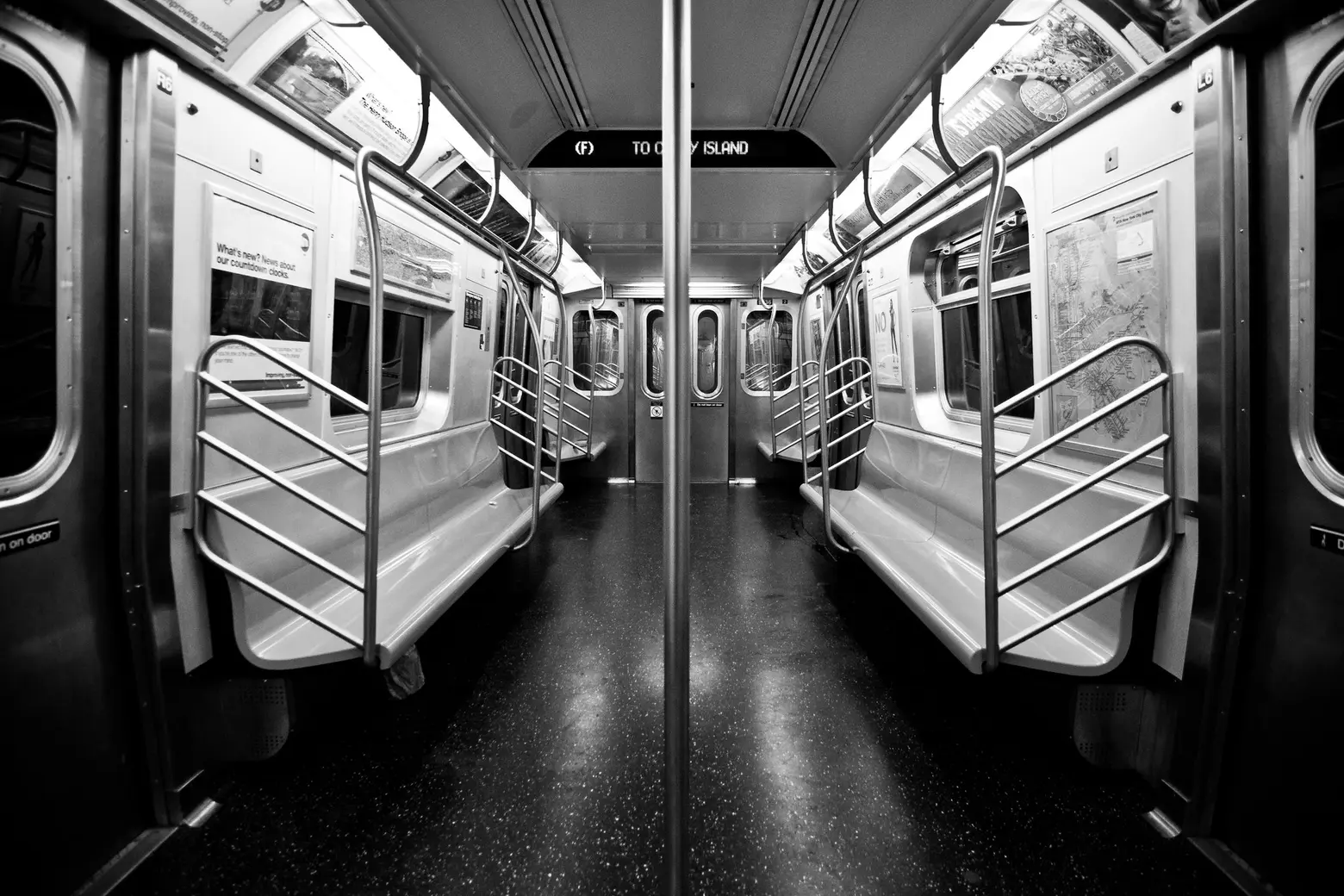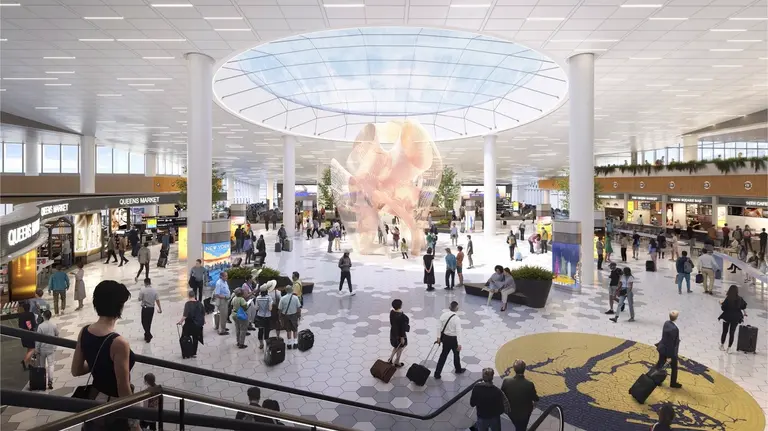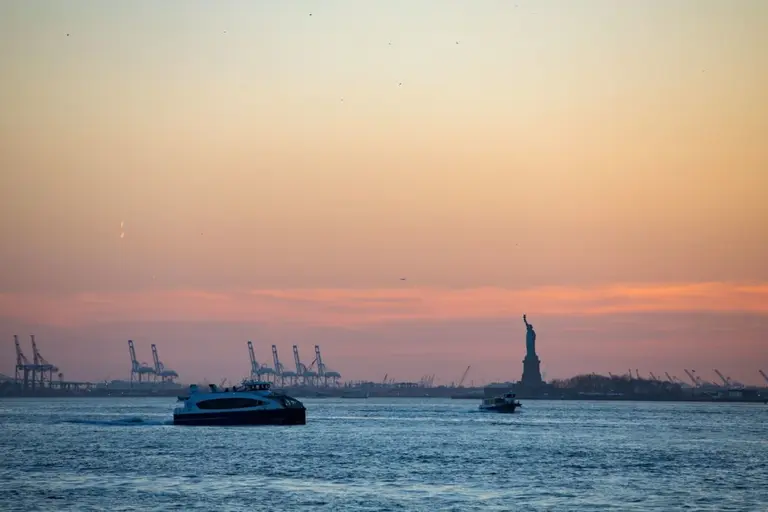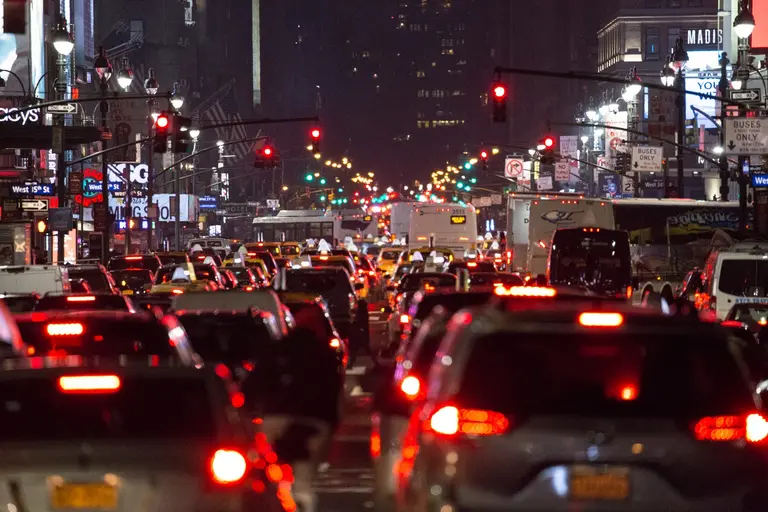MTA predicts ‘new normal’ ridership by 2024 that may be 80% of pre-pandemic levels

With New York City having fully vaccinated more than 450,000 people and a vaccine surge expected by April, it’s all too easy to start envisioning the good-old-days. But many aspects of city living may never quite be what they were. To account for that, the MTA has predicted a “new normal” ridership that will stabilize “in 2023 and 2024 between 80% and 92% of pre-pandemic levels,” according to a press release. And though the agency has staved off subway and bus service cuts through 2022, they warn that they may still eventually make cuts to adapt to reduced ridership.
In October, despite some of the lowest rental prices in years, there were 16,145 vacant apartments in Manhattan, according to the Post. And though there was an end-of-year sales surge, it’ll take some time for the market to stabilize and for a new crop of residents to replace though who fled to the suburbs.
Tied into residential real estate is the work-from-home status that many New Yorkers have adopted over the past year. Likewise, many companies have given up their office space. According to Savills’ New York 2020 Q4 Market Report, the commercial vacancy rate in December was 15.1 percent, the highest in at least two decades. And it’s not likely that there will be a surge to fill this space, as many companies are permanently moving to a remote work environment.
So with fewer residents and commuters, it’s a no-brainer that public transit will be affected. Currently, ridership is about a third of pre-pandemic levels on the subway and about half on buses.
When the agency adopted its 2021 budget and four-year financial plan in December, they were projecting a deficit of $15.9 billion through 2024, the worst financial crisis in its history. To make up the shortfall, on the table was laying off thousands of employees, cutting subway and bus service by up to 40 percent, increasing fares, and eliminating unlimited MetroCards.
In a board meeting yesterday, however, MTA Chairman Pat Foye said, “We have been able to eliminate the worst-case service reductions that had been previously on the table for 2021. With improved financial results from last year, we are now able to take these worst-case reductions off the table in 2022 as well.” This is thanks to the $8 billion in federal funding the MTA received last year, nearly $3 billion loans, and $1.5 billion in various additional resources.
In addition, President Biden’s $1.9 trillion stimulus package includes $30 billion for public transportation, $6 billion of which is earmarked for the MTA. This will help offset the $8 billion deficit the agency still faces over the next four years.
The MTA will also increase its revenue through toll hikes at its nine bridges and tunnels. These will take effect in April and are expected to raise $62 million in 2021 and $116 million annually as of 2022.
With the agency at least temporarily out of the woods, they will begin their five-year, $55 billion modernization plan (the largest capital plan in their history), which was not able to commence in 2020 due to the pandemic. According to the Wall Street Journal, the MTA “expects to commit at least $6.2 billion in new spending in 2021 on fixing and upgrading tracks, signals and infrastructure.” Janno Lieber, the MTA’s chief development officer, said in yesterday’s board meeting that this could increase to $7 or $10 billion depending on what federal funding is received this year.
But despite everything, the MTA maintains that additional “worst-case” reductions remain on the table in 2023 and 2024 without federal aid.
RELATED:




























